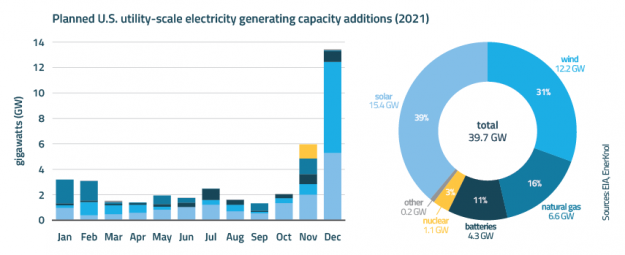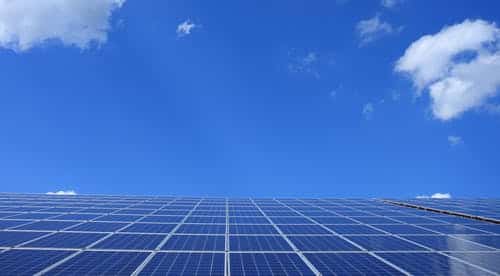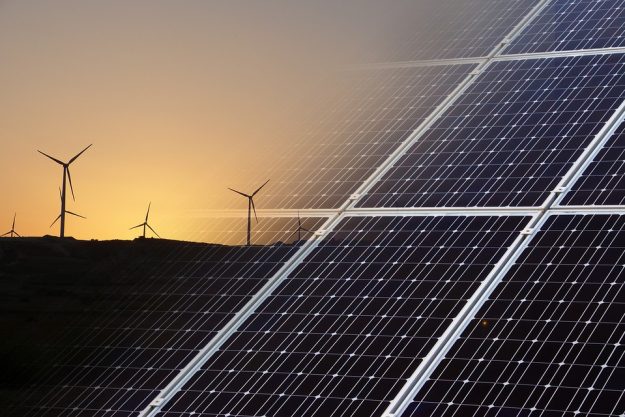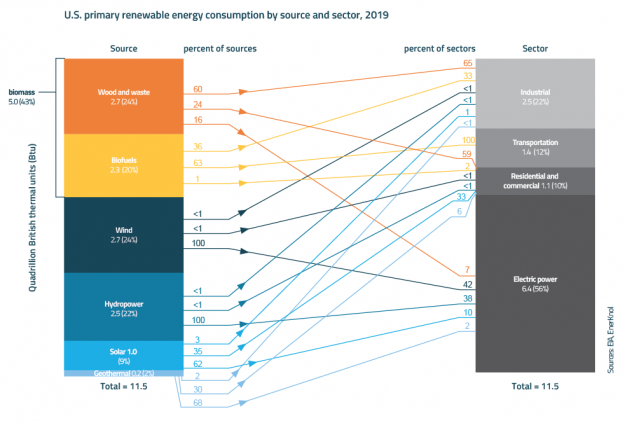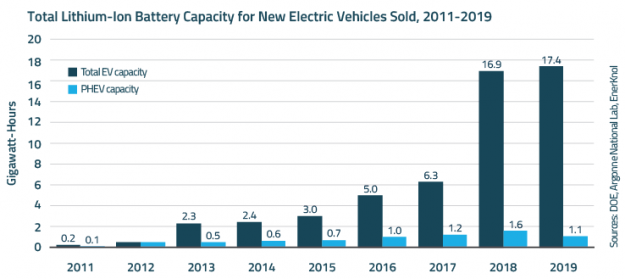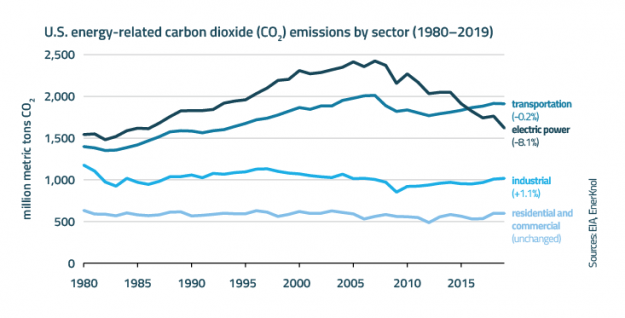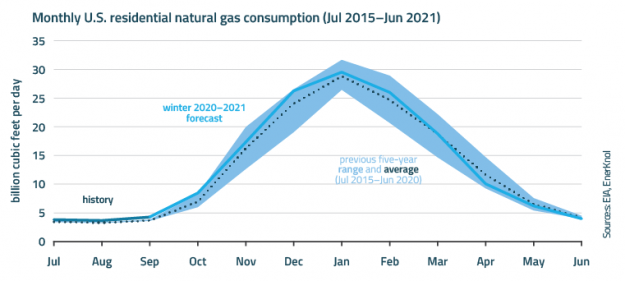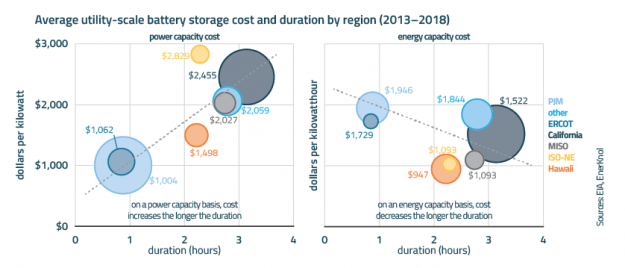Policy Primer: States Rethink Resource Adequacy Constructs
Several states are rethinking the resource adequacy paradigm as the electric resource mix changes through the addition of more intermittent resources to replace retiring coal-fired capacity and meet state decarbonization goals. Resource adequacy initiatives are intended to ensure that the planned resource mix is sufficient to meet the future system capacity needs and maintain grid reliability.
